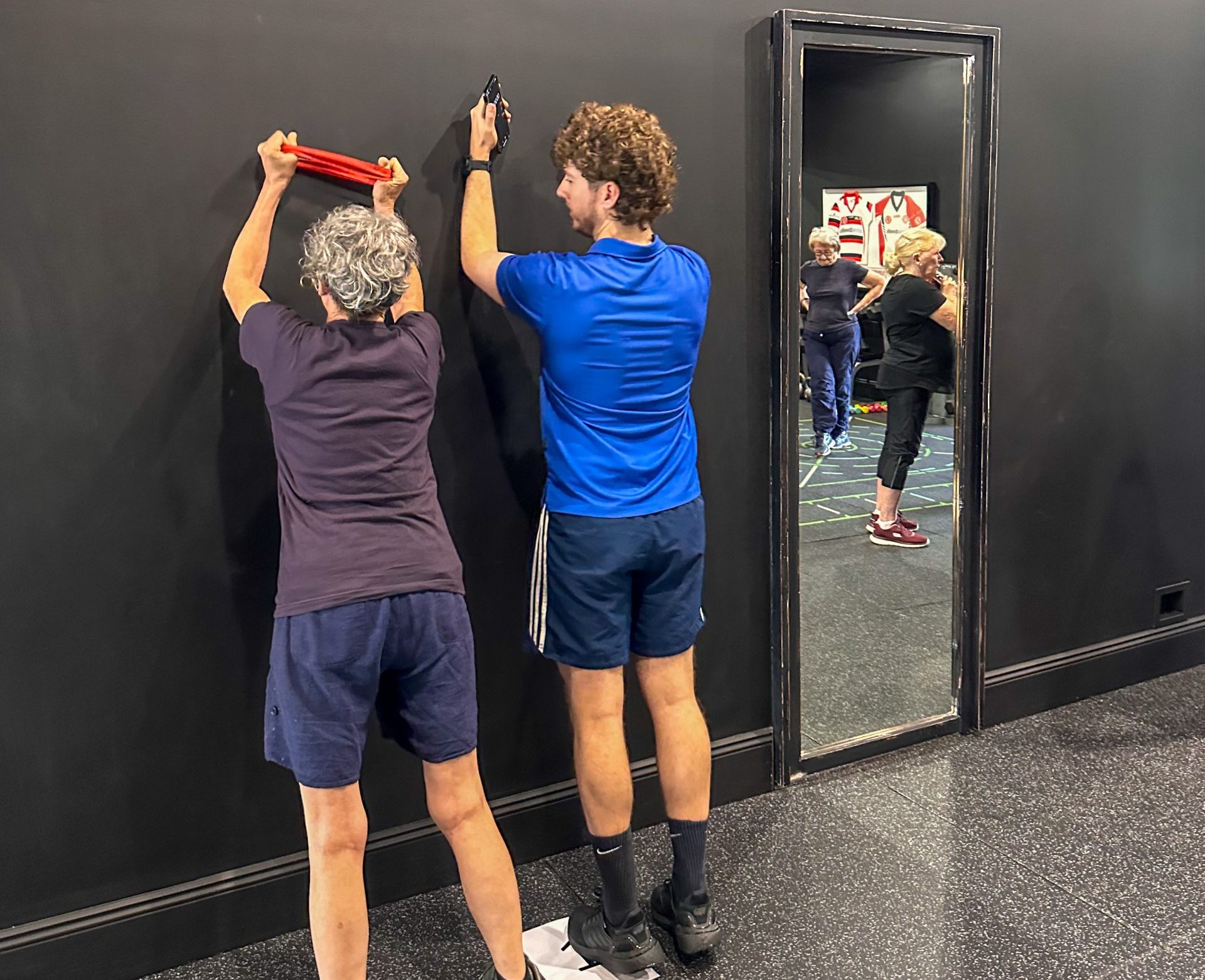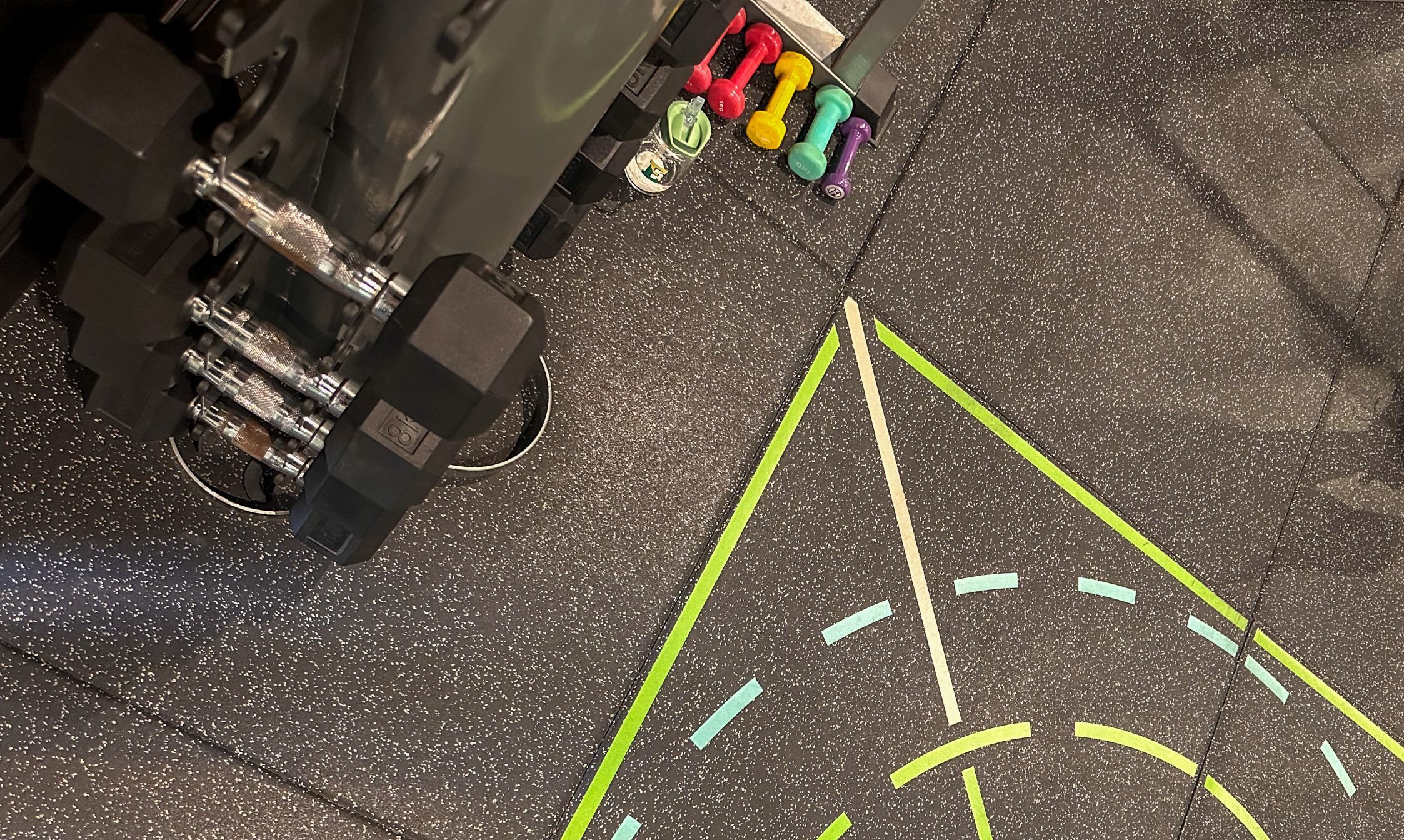
Why do we deload to reload?

What is de-loading?
Deloading is a short period of recovery deliberately done as part of a training programme. This is characterised by a decrease in any parameter of training. Examples can be:
- Reduction in frequency of exercise/training.
- Increased rest days per week
- Reduction in volume (sets and reps)
- Reduction in the weight
- Alteration of exercise/change your exercise selection.
Why is de-loading advised?
De-loading is crucial for injury prevention because it allows for the repair of tissues. This allows us to reload (resume training) with increased positive adaptations such as better muscle recruitment and improved reaction times. De-loading prepares the body for increased demands which is typically required in the next phase of training.
Reloading after a period of de-loading can often lead to improved performance such as lifting heavier weights, running longer, hitting personal bests and most importantly injury avoidance.
Overtraining and Overuse
A consequence of not de-loading is the risk of overtraining and hence overuse injuries. When we continuously push our bodies to the limit without giving it some relative rest to allow for repair, our bodies start to break down eventually.
Common overuse injuries include:
1. Stress reactions/fractures
These are characterised by focal sharp pain that is felt in a specific region of a bone. It results from a sudden increase in impact load on bones over a short period of time. A classic example is a tibial stress fracture from a sudden increase in running volume.
2. Tendinopathies
These are overuse injuries to tendons which occur when incorrect load is applied to them. Incorrect load can mean doing too much too soon such as suddenly increasing weights without a build up period to allow for repair and rebuilding. Common tendinopathies include tennis elbow (lateral epicondylalgia), patella tendinopathies and Achilles tendinopathies.
3. Bursitis
Bursitis is inflammation of an abundant structure present in the body called the bursa. These are thin fluid filled sacs located at the interface between varying structures eg between muscle and bone or between tendon and muscle. Bursas function to reduce friction between structures when movement occurs. Common bursitis’ include prepatellar, olecranon, trochanteric and retrocalcaneal.
Examples of de-loading
Running
During training for a half marathon, it is recommended to taper off or de-load one to two weeks prior to the big event. This can be done by reducing the amount of runs done per week (only one run as opposed to two) or reducing the distance (below 10km).
Weight Training
After a 6 week block of weight training aimed at increasing lifting capacity and reaching 1RMs, a de-load week is highly recommended. This is done by lifting at only 60-70% of maximum effort and doing low reps – sometimes only single or double reps.
Sports tournament: eg Rugby
A week out of a sports tournament, do a deload week which can comprise of the following:
- Reduction in training frequency.
- Increase the amount of mobility work including stretching, mobility exercises and trigger pointing
- Reduction in sports specific skills training and replace these with gentle cardiovascular exercise (light run, swim, bike).
Summary
Injury prevention is our primary goal and so we highly rate the concept of de-loading as this is a means of injury prevention. Less injuries mean improved lifestyles.
If you have any niggles or injuries, please don’t hesitate to book online to come in and see our qualified physiotherapists! Book an appointment online or call us on 07 3352 5116.







